Rising E-commerce Adoption
The increasing shift towards online shopping is a pivotal driver for the Digital Gift Card Market. As consumers increasingly prefer the convenience of purchasing goods and services online, the demand for digital gift cards has surged. In 2025, it is estimated that e-commerce sales will account for a substantial portion of total retail sales, further propelling the digital gift card segment. Retailers are recognizing this trend and are integrating digital gift cards into their online platforms, enhancing customer engagement and satisfaction. This trend not only facilitates seamless transactions but also encourages repeat purchases, as consumers are more likely to buy gift cards for friends and family during online shopping. The Digital Gift Card Market is thus positioned to benefit significantly from this ongoing e-commerce expansion.
Growing Popularity of Gifting Experiences
The trend of gifting experiences rather than physical products is becoming increasingly prevalent, significantly impacting the Digital Gift Card Market. Consumers are increasingly valuing experiences such as travel, dining, and entertainment over material goods. This shift in consumer behavior is reflected in the rising demand for digital gift cards that offer experiential gifts. In 2025, it is projected that a considerable percentage of gift card sales will be attributed to experience-based offerings. Retailers are responding by expanding their digital gift card options to include a variety of experiences, thereby attracting a broader customer base. This trend not only enhances the appeal of digital gift cards but also positions the Digital Gift Card Market for sustained growth as consumers seek unique and memorable gifting options.
Expansion of Retailer Partnerships and Collaborations
The expansion of partnerships and collaborations among retailers is a crucial driver for the Digital Gift Card Market. As businesses recognize the value of cross-promotional strategies, many are forming alliances to offer bundled gift card options. This trend not only enhances the variety of digital gift cards available to consumers but also increases their visibility in the marketplace. In 2025, it is anticipated that a significant number of retailers will collaborate to create unique gift card offerings that appeal to diverse consumer preferences. Such partnerships can lead to increased sales and customer engagement, as consumers are drawn to the convenience of purchasing multiple gift cards from a single platform. Consequently, the Digital Gift Card Market is likely to experience robust growth as these collaborations continue to evolve.
Increased Consumer Preference for Contactless Payments
The growing consumer inclination towards contactless payment methods is influencing the Digital Gift Card Market. As more individuals seek safe and efficient ways to transact, digital gift cards offer a convenient solution that aligns with this preference. In recent years, the adoption of contactless payment technologies has risen dramatically, with many consumers favoring digital wallets and mobile payment options. This trend is likely to continue, as consumers appreciate the speed and ease of using digital gift cards for purchases. Furthermore, the Digital Gift Card Market is expected to see a rise in partnerships with payment platforms, enhancing accessibility and usability for consumers. This shift towards contactless payments not only streamlines the purchasing process but also positions digital gift cards as a preferred choice for gifting.
Technological Advancements in Digital Payment Solutions
Technological innovations in digital payment solutions are driving the evolution of the Digital Gift Card Market. The integration of advanced technologies such as blockchain, artificial intelligence, and machine learning is enhancing the security and efficiency of digital transactions. These advancements are likely to foster consumer trust and encourage the adoption of digital gift cards. In 2025, the market is expected to witness a surge in the development of user-friendly platforms that facilitate the purchase and redemption of digital gift cards. Additionally, these technologies may enable personalized marketing strategies, allowing retailers to target consumers more effectively. As a result, the Digital Gift Card Market stands to benefit from these technological enhancements, which could lead to increased sales and customer loyalty.


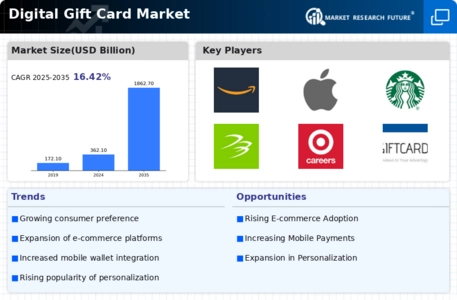
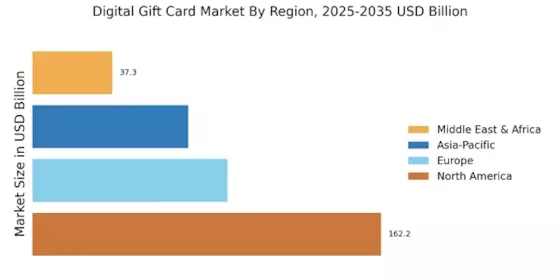


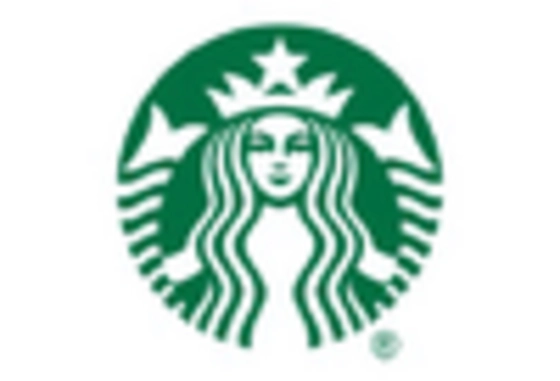

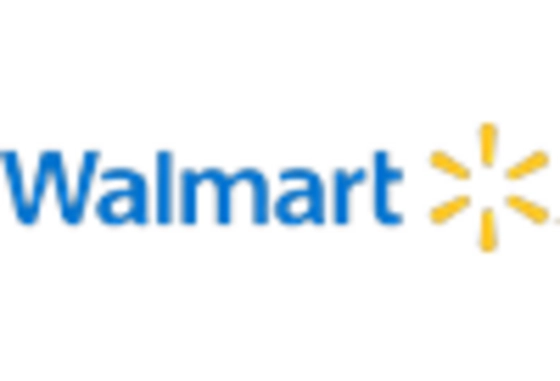
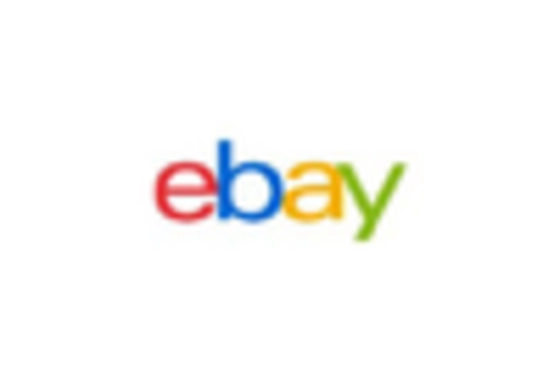








Leave a Comment